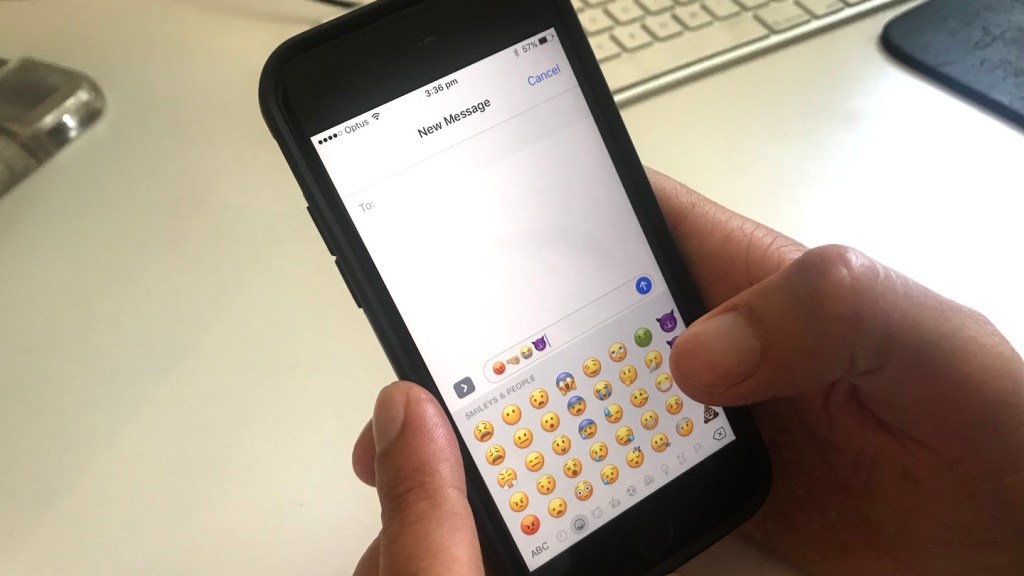Text messages, emails, and even Messenger conversations are often submitted as evidence during court cases. But judges around the world are struggling to interpret what defendants and victims actually mean when emojis are involved, according to a study from Deakin University.
In their paper titled “The Emoji Factor: Humanizing the Emerging Law of Digital Speech,” Dr Elizabeth Kirley and Associate Professor Marilyn McMahon ask if we are “prepared as a society to expand constitutional protections to the casual, unmediated ‘low value’ speech of emoji.” In other words, can we interpret what emojis really mean with enough certainty we’d be okay with sending someone to jail over one?
Videos by VICE
The researchers point to a number of cases, including one from New Zealand, where a judge was “stumped” after a man sent a threatening message to his ex-partner via Facebook. “You’re going to f***ing get it,” Sloane Cruise Coake wrote on Facebook, followed by an aeroplane emoji. Coake’s former partner fled from Porirua to Dunedin after their relationship broke down. The day after he sent the Facebook message, Coake booked a ticket booked to Dunedin.
“What’s an emoji?” the judge asked defence counsel Sarah Saunderson-Warner, according to the New Zealand Herald. “It’s one of the little characters sent after a text,” she replied.
The judge asked Saunderson-Warner whether Coake had sent the “smiling one.” The lawyer replied that the message was followed by the aeroplane emoji. In light of this, Judge Phillips decided the aeroplane emoji could be viewed as a threat, and Coake was sentenced to eight months behind bars.
A fairly cut-and-dry case when it comes to emoji law, according to Kirley and McMahon’s research.
Writing for The Conversation, the pair also point to a case from the US where a 12-year-old girl was charged with threatening her school over a number of Instagram posts.

The girl argued these posts weren’t meant to be a serious threat, and that she was just joking.
“There was one case in Australia where there was no text but there were three emojis, and they were a fist and an ambulance followed, then a hospital,” Dr Kirley told Radio National on Wednesday. “So the message seemed to be quite clear. This was a threat that someone was going to get beaten up so severely that they would need an ambulance to take them to a hospital.”
However, as host Fran Kelly pointed out, research shows people have very different interpretations of what emojis mean. One University of Minnesota study found that 25 percent of the time, people saw different meanings in the same combination of emojis.
“It’s possible to standardise some of this, and to bring in people such as psychologists, linguists, semiotics experts, [and] machine learning experts to inform us—the lawyers and judges—as to what these probably mean,” Kirley replied. “But you’ll never get complete consensus because sometimes we’re doing cross-cultural messaging.”
Kirley and McMahon are suggesting there’s a need for “digital speech experts” who could act as expert witnesses in the court room. “They would be used as any other expert giving evidence on something the court needs assistance in,” Kirley explained.
Career counsellors around the world, rejoice.
More
From VICE
-

Photo by Pictures from History/Universal Images Group via Getty Images -

Screenshot: Microsoft Game Studios -

Photo by PRAKASH SINGH/AFP via Getty Images -

Ricky Havlik/AEW
